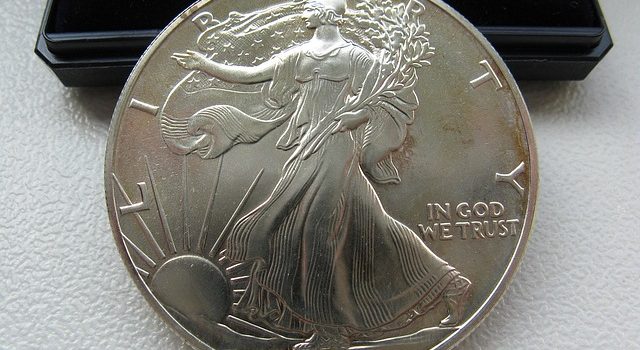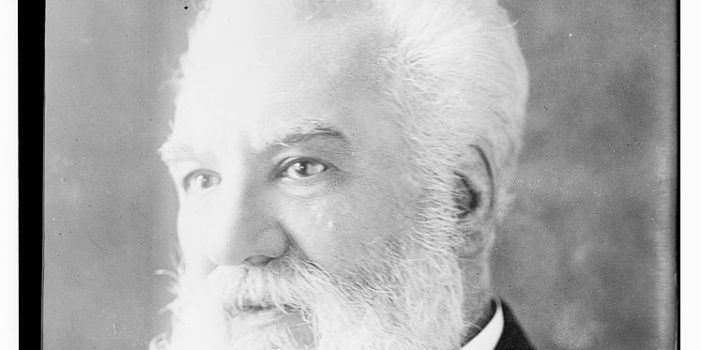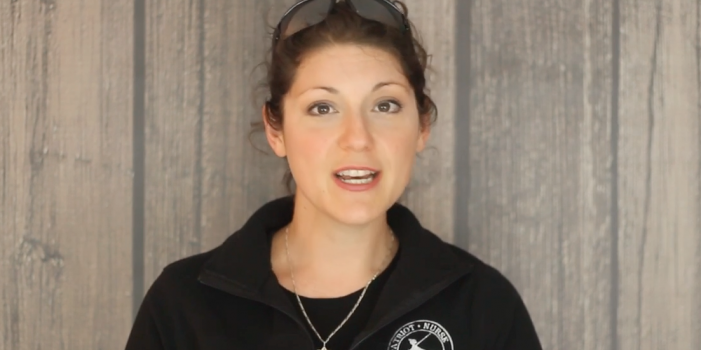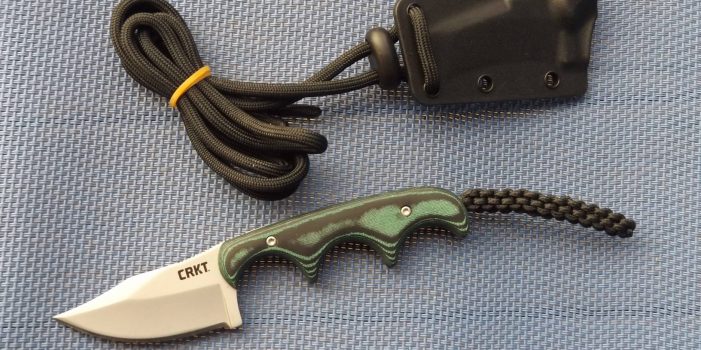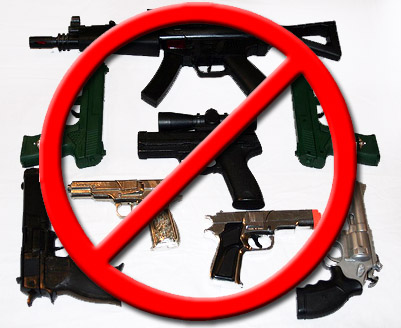Here are the latest items and commentary on current economics news, market trends, stocks, investing opportunities, and the precious metals markets. We also cover hedges, derivatives, and obscura. And it bears mention that most of these items are from the “tangibles heavy” contrarian perspective of JWR. (SurvivalBlog’s Founder and Senior Editor.) Today’s focus is on Silver Bargain Hunting.
Precious Metals (Silver Bargain Hunting):
If you are persistent, you can find some silver at bargain prices. In my experience, the best places to go silver bargain hunting are:
1.) Garage and estate sales. Once in a while you will be more knowledgeable than the seller about the current value of silver or of particular coins.
2.) Gun shows. Look for a table where most of the merchandise is guns, but where there are a few silver coins in their display case, along with the seller’s pistols. Often, if you have a gun to trade, you can swap it at a favorable rate, for silver, with such a dealer. Or the dealer might be looking to cash out his silver. Employ the classic: “And what’s my price if I buy it all?” gambit.
3.) Bank teller drawers. Ask at your local bank teller if they have any rolls of half dollars. You can find a surprising number of 40% silver half dollars available at face value. (50 cents per coin.) Coin Roll Hunting is time consuming, but usually worth the effort. I once had a kind teller sell me a U.S. Silver Eagle for $1. (Even though they are .999 silver they are still legal tender and marked “One Dollar.” So once in a while someone will deposit one without realizing their full value.) I don’t expect that to ever happen again!
4.) Pawn shops. Bring cash, and go chat up your local pawn broker. Start looking at his or her selection of 1 ounce .999 silver trade dollars. Many times, I’ve been able to buy silver at or near spot. One good bargaining technique is to ask: “If I buy all of these rolls, including this roll of U.S. Mint Silver Eagles, can I have them all at the same price?”
5.) Coinstar machines. Check the reject bin each time you walk by a Coinstar machine. And be sure to get to know the store clerk who in charge of their Coinstar machine’s regular maintenance. Often times, they will have small bags of reject coins available for sale at face value. Many of these will be foreign coins or bent coins. But there will probably be some silver coins, to make it more than worthwhile!

